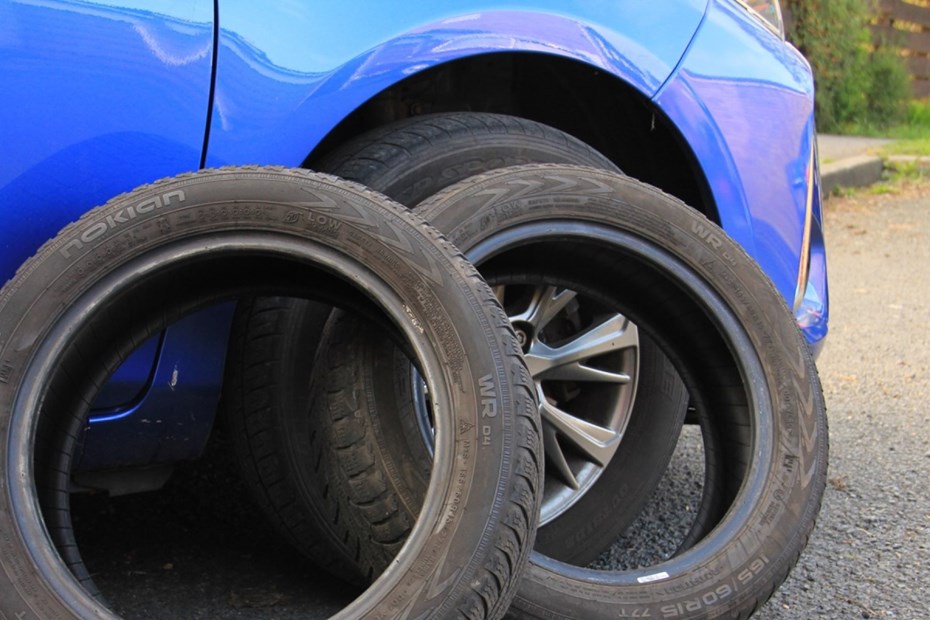Tyres are a expensive to replace, so it will come as no surprise that The Tyre Industry Federation estimates about 5 million or 10% of tyres purchased in the UK are in the part-worn category. Part-worn – or second-hand – tyres are generally considerably cheaper than brand-new ones. They’re arguably better for the environment, too. But of greater concern is whether they’re actually safe.
In this guide, we’ll go over all the important questions to help you decide if it’s worth replacing your car’s old tyres with a set of part-worn tyres.
What are part-worn tyres?
Put simply, part-worn tyres have been used on a car before. That car was probably written off and scrapped. Since there’s value in decent part-worn tyres, it’s better to sell them on for use on another car than chuck them in landfill.
It’s worth noting at this point that a tyre is considered fully worn and in need of replacement when the tread has been reduced below the legal minimum depth of 1.6mm. That’s the minimum the tyre needs to be able to provide the grip and traction for you to drive.
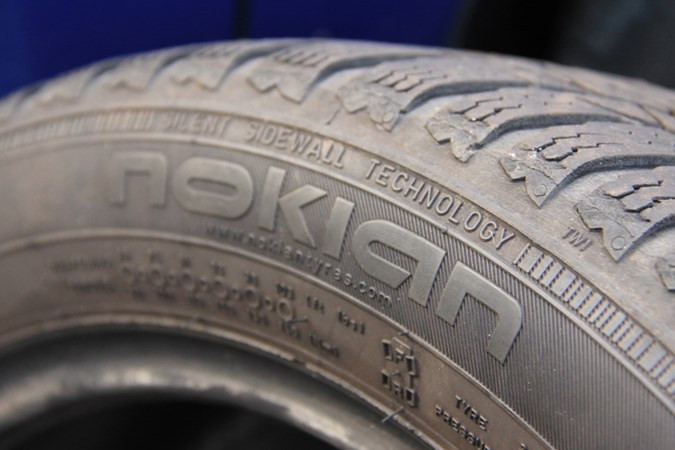
Are part-worn tyres legal?
It’s perfectly legal to sell, buy and use part-worn tyres in the UK. However, they do have to meet certain safety criteria. There has to be at least 2mm of tread across all parts of the tyre, there mustn’t be any damage or bodged repairs, ‘part-worn’ must be written on it in white marker and it has to pass a compression test.
How long should a part-worn tyre last?
It takes roughly 10,000-15,000 miles to wear 3mm of tread off the best summer tyres made by the likes of Michelin, Pirelli or Dunlop. On that basis, a part-worn tyre with 3mm of tread left will be good for 14,000 miles – about two years on average – before it wears down below 1.6mm minimum and needs replacing.
These numbers are only averages, though. There are all sorts of factors that affect a tyre’s rate of wear. What kind of car it’s on, how well maintained that car is, the condition of the roads it’s driven on and your own driving style all have an effect. You may find your tyres last a lot longer than 10,000 miles-per-millimetre, or dramatically less.
What is a safe age for a tyre?
Among the checks you need to carry out on a part-worn tyre is ascertaining its age. That’s because rubber hardens and cracks as it ages, which makes it much less safe. If the tyre has reached that point, the sides look like crazy paving.
So, how can you tell how old a tyre is? Every tyre has a date code embossed on the side. It’s a four-digit number, for instance 5118. The first two digits indicate which week in the year the tyre was made, the second two digits are that year. In this example, the tyre was made in the 51st week of 2018.
Most experts say that a tyre should be replaced when it’s eight years old, though some put the age at five years. So, if a part-worn tyre is around five years old, it may not last much longer.
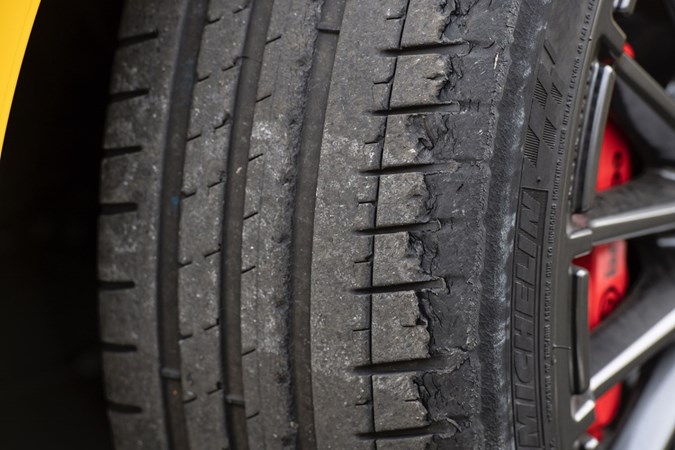
Are second-hand tyres safe?
Earlier, we briefly went over the criteria that a part-worn tyre has to meet to be legally sold in the UK and we’re going to go over them in more detail here. Those criteria are laid out in The Motor Vehicle Tyres (Safety) Regulations 1994 – part of the Consumer Protection Act – so it’s an offence to sell tyres that don’t meet them.
The tyre must be structurally sound – no cuts, exposed cords, holes, embedded nails or thorns, or cracking and crazing. Any other signs of damage or bodged repairs and the tyre’s a write-off.
The tyre must pass an inflation test – being filled with air up the maximum pressure it can withstand. Any signs of leaks or failures and the tyre can’t be sold. Reputable sellers carry out these tests but there’s no public body that checks up on them.
There must be at least 2mm of tread left on all parts of the upper surface of the tyre. If any area, no matter how small, has less than that, then the tyre has to be binned.
‘Part-worn’ must be clearly written on the side of the tyre in white marker.
If a part-worn tyre doesn’t meet all of these criteria, it can’t be sold on.
The charity Tyresafe, which raises awareness about the dangers of dodgy tyres, carried out research that showed 93% of part-worn tyres on sale were not properly marked as such, and 16% had defective repairs.
Will part-worn tyres pass an MOT?
Yes, so long as they pass the same safety inspection every other tyre goes through. But you don’t have to wait until MOT time to find out if your car’s tyres are legal. You can check for yourself whether there’s enough tread with a 20p coin.
The coin’s raised outer edge is 3mm across; insert the coin into the tread and, if the outer edge disappears, there’s more enough left to pass an MOT. Interestingly, there are other countries where motorists generally change their car’s tyres with 3mm of tread left, even though that’s around twice the legal minimum. It’s particularly common in Germany. The video below shows there are very good reasons for not letting your tyres wear down below 3mm.
It’s probable German drivers generally change their tyres at the 3mm mark because of the very high speeds they can reach on derestricted Autobahns. They’re also effectively required to swap winter tyres onto to their car during the colder months of the year, so they may simply be more aware of the importance of having tyres in good condition.
What does it mean to retread a tyre?
Also known as a remoulds, a retreaded tyre is produced by applying more rubber onto the upper surface of a part-worn tyre. The tyre retains its original tread pattern but the process only adds about 0.5mm of fresh rubber. A tyre must have at least 2mm of tread left on it to be retreaded.
Retreaded car tyres are much rarer than they used to be. They cost less than brand-new tyres and even part-worns, but the process adds so little extra life to the tyre that they’re a false economy. Retreads are much more commonly used on vans, buses and trucks.
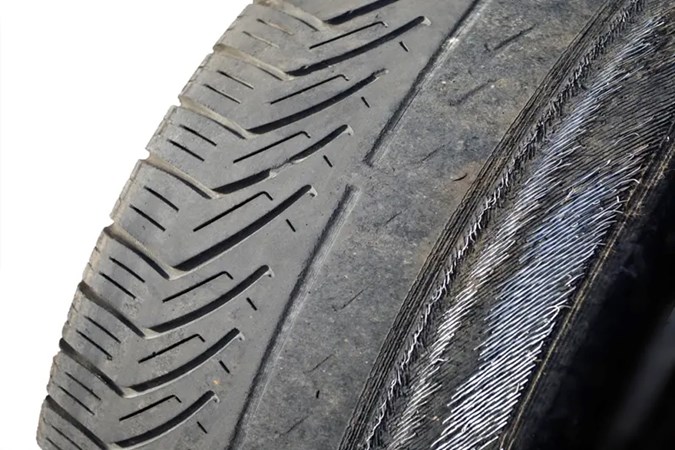
Is it safe to retread tyres?
Yes, if it’s done properly. The layer of fresh rubber extends across the upper surface of the tyre and down the sides and it has to be securely bonded to the old rubber underneath. If that hasn’t been done properly, the two layers can separate – or delaminate – and that’s very dangerous. If there’s a frilly edge around the side of the tyre, delamination has started.
Where should you buy part-worn tyres?
There are loads of places you can buy part-worn tyres. A reputable salvage yard may be your best bet, but there are some parts of the country where you can find many shops selling them including Cardiff, Glasgow, Leicester, Liverpool, Norwich and Sheffield.
You can shop online, of course, but that’s stepping into a minefield. There’s no way of knowing the reputability of the seller and we’ve seen plenty of listings that look sketchy at best. ‘Great tread!’, you say? Yeah, well, show us the reading, then.
In our experience, legitimate sellers post images of the tread depth readings; most claim at least 5mm, we haven’t seen any used tyres advertised with less than 4mm. How reliable those claims are is anyone’s guess, though. It’s much better to go somewhere you can physically examine a tyre before buying it.
Are part-worn tyres a false economy?
At a glance part-worn tyres may appear to be the budget-friendly option, but when you dig deeper the numbers tell a different story. According to TyreSafe, the average cost per mm of usable tread on part-worn tyres is £6.33. Meanwhile, the cost per mm of tread on new tyres is significantly lower at £5.32 – a difference of 16%.
This stark difference highlights the true cost of part-worn tyres. Sure, they might seem like a bargain at first, but they fall short in the long run. New tyres not only give you better value for your money but also come with a big safety boost. Remember, less tread means less grip, and that can seriously impact your vehicle’s handling, especially when the weather turns bad.
We would say investing in new tyres is a more economical and safer choice, and part-worn tyres are false economy.
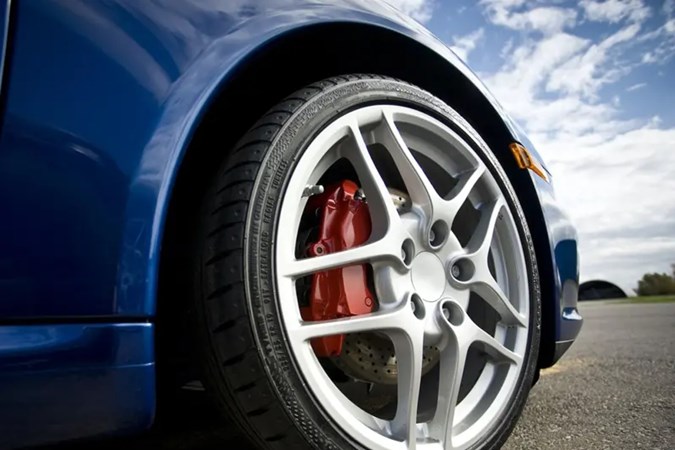
Why buy part-worn tyres?
We may not be sold on the merits of getting part-worn tyres for your car, but there are some circumstances in which they do actually make a certain amount of sense.
If you’re really strapped for cash, they’re a viable short-term solution. If you do very low mileage, the reduced life of a part-worn is less of a concern, though keep an eye on the tyre’s age.
We should also note that, if you buy a used car, you’re effectively buying a set of part-worn tyres with it. So you should inspect them closely to make sure they’re safe, as well.
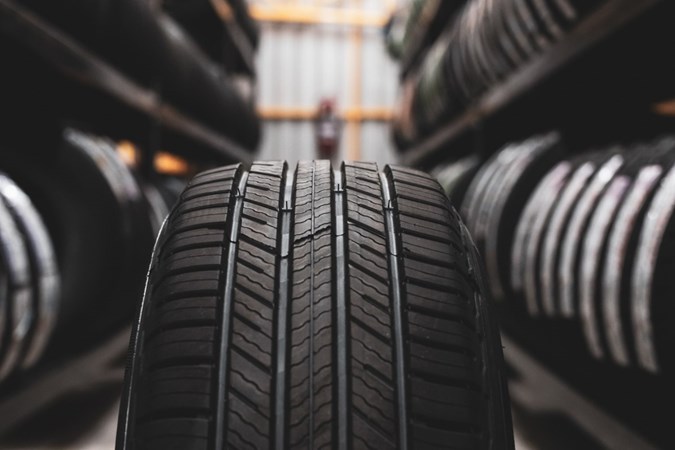
Top tips and how to avoid defects
If you’re set on getting part-worn tyres for your car, here are the things you should look out for:
- Check there’s at least 2mm of tread left all over the tyre, ideally at least 6mm.
- Look carefully for any signs of uneven wear, damage, cuts, holes, bulges and dodgy repairs.
- The tyre should be clearly marked ‘part-worn’.
- The tyre should cost less than 50% of its full retail price.
If you’re not happy about anything, walk away. Remember that a car’s four tyres are all that connect it to the road and that makes them absolutely vital to a car’s safety. Dodgy tyres put you, your passengers and other road users at risk.
FAQs
-
Can I mix part-worn tyres with new tyres?
You should always try and avoid mixing different treads patterns and tyre brands, as it can affect the safety and handling of your vehicle. At the very least, tyres must match the manufacturer's recommendation for size , load index and speed rating. This is a legal requirement in many countries.
-
How often should I check the condition of part-worn tyres?
Regardless of whether you have brand new or part-worn tyres, you should be checking them once a month to ensure your not driving on inadequately-inflated tyres. However, with part-worn tyres you should be inspecting them every two weeks or before heading off on a long journey. Look for any visible signs of damage, wear, or reduced tread depth to ensure they remain safe to use.
-
Do part-worn tyres come with warranty?
No, part-worn tyres generally do not come with warranty unlike new tyres. This means any defects or issues that arise will be at the owner's expense to repair or replace.
Just so you know, we may receive a commission or other compensation from the links on this website - read why you should trust us.


